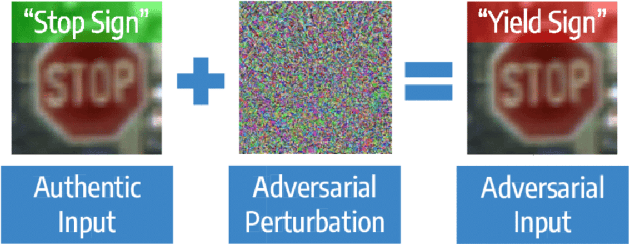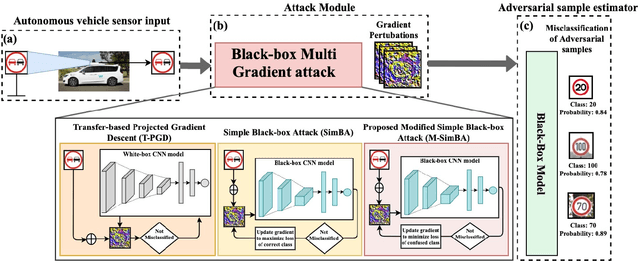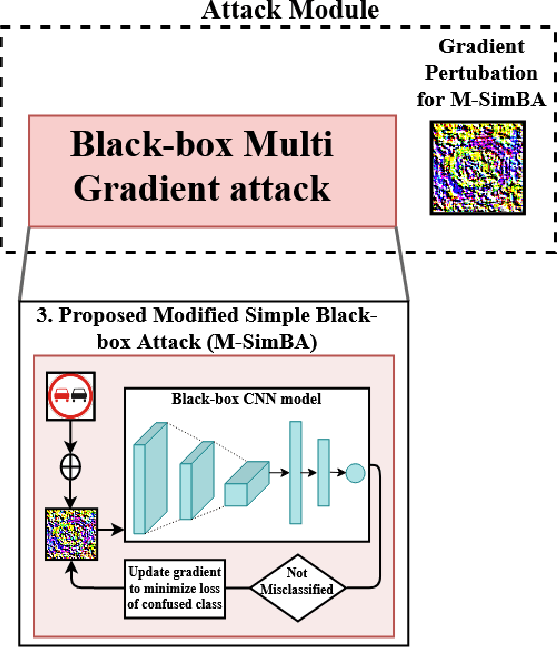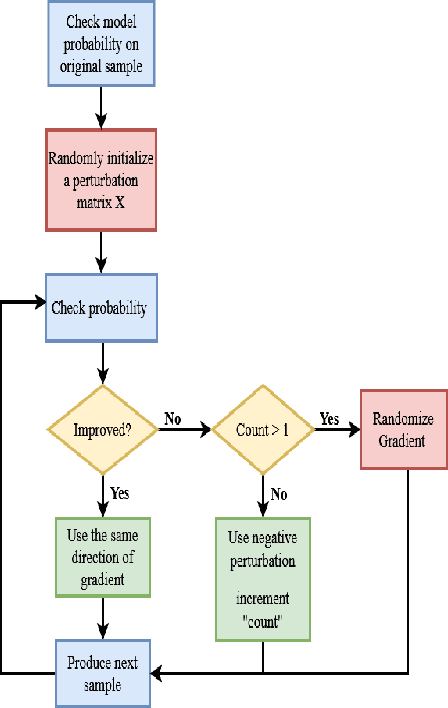Reshmi Mitra
Edge-Detect: Edge-centric Network Intrusion Detection using Deep Neural Network
Feb 03, 2021



Abstract:Edge nodes are crucial for detection against multitudes of cyber attacks on Internet-of-Things endpoints and is set to become part of a multi-billion industry. The resource constraints in this novel network infrastructure tier constricts the deployment of existing Network Intrusion Detection System with Deep Learning models (DLM). We address this issue by developing a novel light, fast and accurate 'Edge-Detect' model, which detects Distributed Denial of Service attack on edge nodes using DLM techniques. Our model can work within resource restrictions i.e. low power, memory and processing capabilities, to produce accurate results at a meaningful pace. It is built by creating layers of Long Short-Term Memory or Gated Recurrent Unit based cells, which are known for their excellent representation of sequential data. We designed a practical data science pipeline with Recurring Neural Network to learn from the network packet behavior in order to identify whether it is normal or attack-oriented. The model evaluation is from deployment on actual edge node represented by Raspberry Pi using current cybersecurity dataset (UNSW2015). Our results demonstrate that in comparison to conventional DLM techniques, our model maintains a high testing accuracy of 99% even with lower resource utilization in terms of cpu and memory. In addition, it is nearly 3 times smaller in size than the state-of-art model and yet requires a much lower testing time.
Black-box Adversarial Attacks in Autonomous Vehicle Technology
Jan 15, 2021



Abstract:Despite the high quality performance of the deep neural network in real-world applications, they are susceptible to minor perturbations of adversarial attacks. This is mostly undetectable to human vision. The impact of such attacks has become extremely detrimental in autonomous vehicles with real-time "safety" concerns. The black-box adversarial attacks cause drastic misclassification in critical scene elements such as road signs and traffic lights leading the autonomous vehicle to crash into other vehicles or pedestrians. In this paper, we propose a novel query-based attack method called Modified Simple black-box attack (M-SimBA) to overcome the use of a white-box source in transfer based attack method. Also, the issue of late convergence in a Simple black-box attack (SimBA) is addressed by minimizing the loss of the most confused class which is the incorrect class predicted by the model with the highest probability, instead of trying to maximize the loss of the correct class. We evaluate the performance of the proposed approach to the German Traffic Sign Recognition Benchmark (GTSRB) dataset. We show that the proposed model outperforms the existing models like Transfer-based projected gradient descent (T-PGD), SimBA in terms of convergence time, flattening the distribution of confused class probability, and producing adversarial samples with least confidence on the true class.
 Add to Chrome
Add to Chrome Add to Firefox
Add to Firefox Add to Edge
Add to Edge